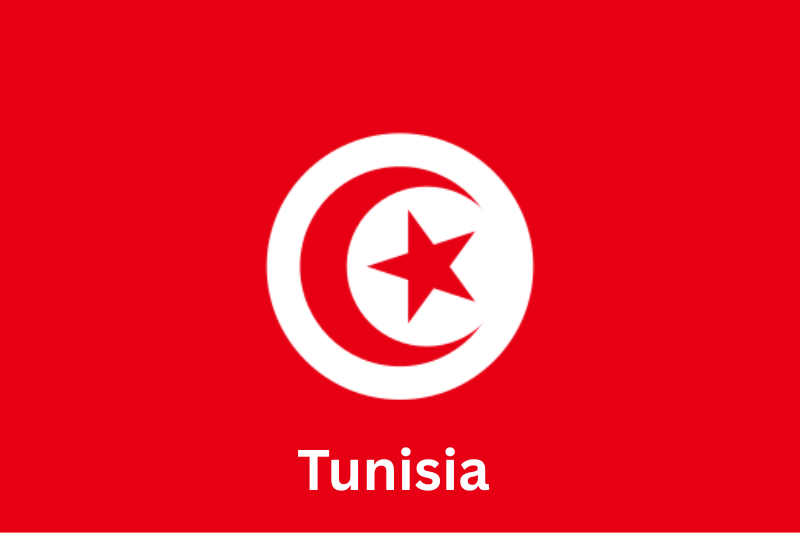
Latest Newspapers And Magazines From Tunisia Complete List And Links
Leading newspapers and magazines from Tunisia
- La Presse de Tunisie is a daily newspaper from Tunis, Tunisia which covers politics, economy and culture.
- Le Temps is a daily newspaper from Tunis, Tunisia which covers politics, economy and society.
- Essahafa is a daily newspaper from Tunis, Tunisia which covers politics and national events.
- Assabah is a daily newspaper from Tunis, Tunisia which covers politics and society.
- Al Chourouk is a daily newspaper from Tunis, Tunisia which covers politics and general news.
- Réalités is a weekly magazine from Tunis, Tunisia which covers politics, culture and economy.
- L’Economiste maghrébin is a bimonthly magazine from Tunis, Tunisia which covers economic affairs and finance.
- Tunis Afrique Presse is an online platform from Tunis, Tunisia which covers national news, politics and economy.
- Business News is an online platform from Tunis, Tunisia which covers economy, finance and markets.
- Kapitalis is an online platform from Tunis, Tunisia which covers politics, society and culture.
- Le Quotidien is a daily newspaper from Tunis, Tunisia which covers politics, economy, culture and international affairs. Founded April 6, 2001.
Browse more Tunisia newspapers and magazines
- Tunisia TV
- Agence Tunis Afrique Presse
- Babnet Tunisie
- Tuniscope TS
- Tunisie Numerique
- Arrakmia
- Le Maghreb
- Tunisie Focus
- Webdo
- Direct Info
- Web Manager Center
- African Manager
- Assarih
- Tunisie Co
- Tunisie 14
- Tunis Daily News
- Nessma TV
- Al Watania
- Jnaliste Sfaxien
- Turess
- Kawarji
- Leaders
- Espace Manager
- Tekiano
- Nawaat
- Tunisien
- Tunisie Telegraph
- Marhba
- El Hiwar Ettounsi TV
- Tunisian Radio
- Mosaique FM
- Babnet Tunisie
- Akhbar Globalnet Tunisie
- Tuniscope
- Nawaat Magazine
Explore Politics, Culture, Geography & Traditions About Tunisia
Political Overview
Tunisia is a semi-presidential republic that has undergone significant political transformation since the 2011 Jasmine Revolution, which ended decades of single-party rule. The country’s constitution, promulgated in 2014, established a system balancing powers between a directly elected president, who serves as head of state, and a prime minister, who heads government and must retain confidence of the legislature. While multi-party elections and a vibrant civil society have become hallmarks of Tunisia’s civic life, political tensions persist most notably over the expansion of presidential authority, debates about judicial independence, and economic reforms required by international lenders. Despite these challenges, Tunisia remains widely regarded as the most democratic state to emerge from the Arab Spring.
Cultural Heritage and Identity
Tunisia’s cultural tapestry is woven from millennia of Mediterranean civilizations, blending indigenous Berber roots with Punic, Roman, Arab, Ottoman, and French influences. Ancient Carthage, once a maritime superpower, sits near modern Tunis as a UNESCO World Heritage site, alongside Roman amphitheaters at El Djem and the hilltop Medina of Tunis. Arabic is the official language, enriched by a local dialect peppered with Amazigh (Berber) and French loanwords, while Islam (predominantly the Maliki school) shapes religious and social customs. Tunisian cuisine reflects this diversity, marrying olive oil, harissa chili paste, and fresh seafood with couscous, brik pastries, and dates. Handicrafts such as pottery from Nabeul, weaving in Kairouan, and leatherwork in Sfax preserve artisanal traditions and sustain local identities.
Geographical Landscape, Area and Climate
Covering approximately 163,610 square kilometers, Tunisia occupies the northernmost tip of Africa, its slender territory stretching from the Mediterranean coast to the Sahara Desert’s fringe. The northern and eastern coastal regions are characterized by rolling hills, fertile plains, and a Mediterranean climate hot, dry summers and mild, wet winters favoring olive groves, vineyards, and grain cultivation. Moving southward, the landscape transitions through steppic zones into arid deserts dotted with oases such as Tozeur and Djerid. Temperature extremes can range from winter lows around 5 °C in upland areas to summer highs surpassing 45 °C in desert locales, while annual rainfall varies dramatically from over 500 mm along the Cap Bon peninsula to under 100 mm in the Sahara. This climatic diversity underpins Tunisia’s agricultural output and eco-tourism appeal.
